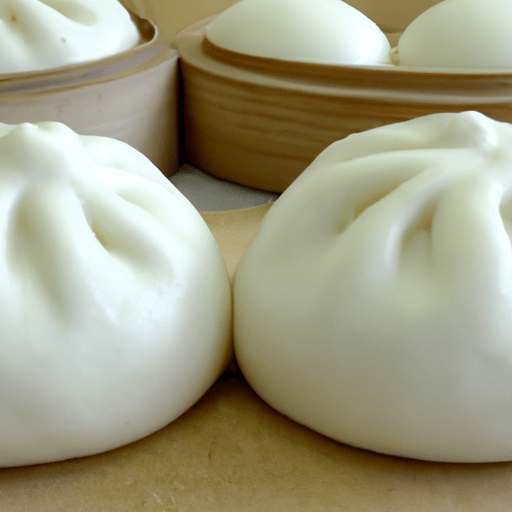The Submarine Sandwich Bun: A Delightful Combination of Taste and Tradition
If there’s one sandwich that has stood the test of time and won the hearts of many, it’s undoubtedly the submarine sandwich, also known as the sub. However, while the fillings often steal the limelight, the bun plays a vital role in creating a perfect culinary experience. In this blog post, we shed light on the submarine sandwich bun – its taste, common uses, nutritional value, and fascinating history.
Taste Explosion in Every Bite
The submarine sandwich bun is the unsung hero of this beloved sandwich. It serves as a sturdy vessel to hold an assortment of flavors and textures together. This bun is the epitome of harmony, offering a mild yet subtly sweet taste. Its softness provides a delicate contrast to the hearty fillings that lie within, allowing each ingredient to shine.
Versatile Uses in Culinary Creations
Submarine sandwich buns aren’t exclusively restricted to the world of subs – they can be utilized in various culinary creations. Their elongated shape and soft yet durable texture make them perfect for crafting extraordinary sandwiches, whether for a casual lunch or a special gathering. Want to elevate your next grilled cheese? Swap out the regular bread slices for a submarine sandwich bun and experience the difference in flavor and presentation.
Nutritional Value That Packs a Punch
While the nutritional content of a submarine sandwich bun may vary depending on the recipe and brand, they generally provide a wholesome foundation to any sandwich. These buns are a source of carbohydrates, providing energy to fuel your day. Moreover, they often contain essential vitamins and minerals, such as iron and B vitamins, contributing to a well-rounded diet.
History and Fun Facts
The origins of the submarine sandwich bun can be traced back to the early 20th century. It is said to have been created by Italian immigrant bakers in the United States, drawing inspiration from their beloved traditional breads. These bakers crafted the elongated shape to evoke images of the submarines they saw during World War I, hence its name.
Over time, the submarine sandwich bun gained popularity and became synonymous with the classic sub. However, the bun has also gone through various adaptations, such as size modifications, additions of seasonings or herbs, and even gluten-free options to cater to a wider audience.
Today, the submarine sandwich bun continues to hold a special place in the hearts of sandwich enthusiasts worldwide, as it provides the perfect canvas for culinary experimentation and enjoyment.
Conclusion
The submarine sandwich bun deserves recognition for its role in creating the harmonious experience that is the sub. Its mild sweetness, versatility, and nutritional value make it the perfect base for an array of flavors and textures. Whether you’re enjoying a classic Italian sub or creating your own masterpiece, never underestimate the power of a perfectly crafted submarine sandwich bun – a key ingredient in a truly satisfying sandwich experience.
Sure! Here are some facts about submarine sandwich buns:
Origin: The submarine sandwich bun, commonly known as a sub or hoagie roll, is believed to have originated in the United States. It is closely associated with the Italian-American community and was especially popularized in Philadelphia and New York City.
Common uses: Submarine sandwich buns are most commonly used to make submarine sandwiches or “subs.” These sandwiches are filled with various ingredients such as deli meats, cheeses, vegetables, and condiments.
Nutritional benefits: The nutritional benefits of submarine sandwich buns vary depending on the specific recipe and ingredients used. Generally, they provide carbohydrates, which are an important source of energy. They also contain small amounts of protein, fiber, and some essential vitamins and minerals.
Unique properties: Submarine sandwich buns are typically soft and slightly chewy. They have a distinct elongated shape, which makes them ideal for holding a variety of fillings. They are usually formed with a shallow circular groove on top, known as a “split top,” allowing them to be easily sliced open for filling.
Historical significance: Submarine sandwich buns gained popularity in the early 20th century, particularly in areas with large Italian-American communities. They were originally used for making Italian-style sandwiches, such as meatball subs and Italian cold cut sandwiches. Over time, their popularity spread, and today they are a mainstay in delis and sandwich shops across the United States.
Remember, these facts are provided to give you a general understanding of submarine sandwich buns. Nutritional benefits can vary based on the specific recipe and ingredients used.




Use the share button below if you liked it.
It makes me smile, when I see it.